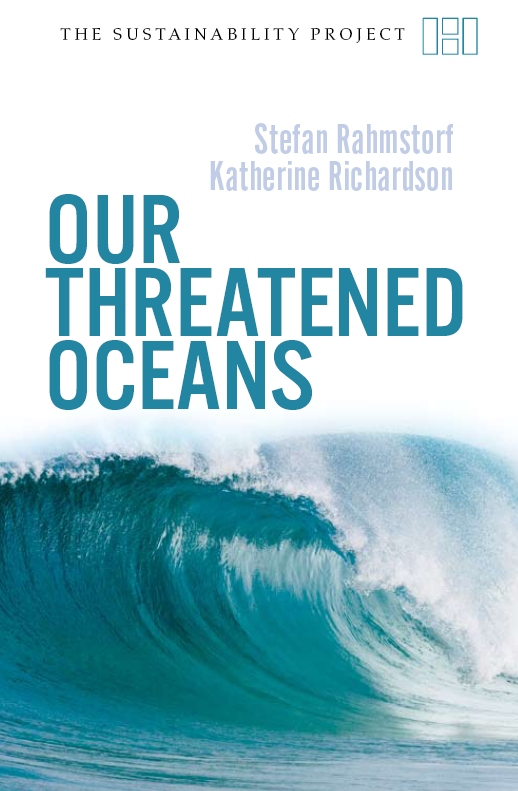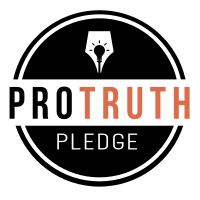Potsdam scientists explain puzzling climate changes
Embargo: Wednesday 10 January, 1900 London time
Two researchers
from the Potsdam Institute for Climate Impact Research in Germany have
found a consistent explanation for the drastic climate swings that plagued
the last ice age. With computer simulations, they showed that the Atlantic
ocean currents were particularly unstable during this ice age: even tiny
perturbations could trigger a major flip in ocean currents, causing a sudden
warming of up to 10 degrees centigrade within a decade. The present climate
is much more stable according to the model, but it is still vulnerable
to global warming.
The last Ice
Age started 100,000 years ago and ended 10,000 years ago. The abrupt climate
changes which occurred repeatedly within this Ice Age present one of the
great puzzles of climatology. Ice cores drilled in Greenland in the 1980's
had revealed that more than twenty times, temperatures had risen suddenly
by up to 10 degrees centigrade within a decade or less. These climatic
anomalies, known as Dansgaard-Oeschger (or D/O) events, warmed at least
the entire North Atlantic region and lasted a few hundred up to a few thousand
years. From the beginning it was suspected that changes in Atlantic ocean
currents must have played a key role in these events. Cores drilled in
deep sea sediments confirm this. A specific mechanism that could be verified
in model calculations was, however, missing. Although a number of model
calculations had looked at a possible collapse of the Atlantic currents,
this could only explain a sudden climatic cooling - not the D/O warm events.
In addition, such a collapse required a massive outside trigger, such as
a big meltwater flood into the Atlantic.
Two scientists from the
Potsdam Institute for Climate Impact Research, Andrey Ganopolski
and Stefan Rahmstorf, have now for the first time presented model
simulations which correctly reproduce the characteristic time evolution
and spatial extent of D/O-events (Nature, 11.1.2001). Their calculations
show that there were three possible states of the Atlantic during
the Ice Age. In the normal cold state that prevailed during most
of the glacial time, warm subtropical waters flowed north in the
Atlantic only up to the region south of Iceland, where they released
their heat to the atmosphere, sank down and returned south as a
cold deep ocean current. However, two more circulation states were
possible, though not stable: an unusually warm climate state, in
which the warm Atlantic waters reached beyond Iceland into the Nordic
Seas almost like today, and an exceptionally cold state in which
the circulation broke down completely. The two climatologists suggest
that D/O-events correspond to a sudden flip from the normal to the
warm Atlantic state, that is, an episodic intrusion of warm Atlantic
waters into the Nordic Seas which caused the warming found in the
Greenland ice cores.
But
what triggered this dramatic change in ocean currents? And why did
it always come to an end after a few centuries? A systematic analysis
by the Potsdam scientists showed that during the Ice Age, the Atlantic
was literally "on the edge": a tiny disturbance was enough to push
the warm waters into the Nordic Seas. But since this circulation
state was not stable, each D/O-event eventually fizzled out by itself.
The weak trigger, which was so hugely amplified by the instability
of the Atlantic currents at the time, could have been variations
in the sun. There is evidence for a solar cycle with a period of
1,500 years - and D/O-events often occur exactly 1,500 years apart.
And what about the present
climate? Since the end of the last Ice Age about ten thousand years
ago, no comparable climate swings have occurred. The researchers'
model gives an explanation for that as well. In a warm climate,
the stability of the Atlantic currents is different. In contrast
to an Ice Age, the warm circulation state becomes the normal and
stable situation, and solar variations cannot disturb it. The Atlantic
is simply not on the edge any more. But this is no reason for complacency.
Earlier simulations with the same model (Climatic Change 43, 353-367)
had already shown that even in the comparatively stable present
climate, a sufficiently large disturbance could trigger a collapse
of the Atlantic currents. Such a serious disturbance could be caused
by the greenhouse effect, if humanity continues to emit large amounts
of carbon dioxide and other greenhouse gases to the atmosphere.
Contact:
Andrey Ganopolski, Potsdam Institute for Climate Impact
Research,
Phone: +49 331 288 2594,
E-mail: Andrey.Ganopolski@pik-potsdam.de
Illustrations:
https://www.pik-potsdam.de./sampleimages.html
Further information:
https://www.pik-potsdam.de/~stefan/
Original article:
https://www.pik-potsdam.de/~stefan/rapid.pdf
Press office:
Margret Boysen
Tel. :0331 288 2507
Fax: 0331 288 2552
E-mail: info@pik-potsdam.de
Please keep to the embargo: 1900 London time 10 January. Wire services' stories must always carry the embargo time at the head of each item, and may not be sent out more than 24 hours before that time. The reproduction of this text is permitted free of charge. It is requested, however, that a copy be submitted to the press office:
Potsdam Institute for Climate Impact Research
Scientific and Public Relations
P.O. Box 60 12 03
14412 Potsdam, Germany.
Potsdam Institute for Climate
Impact Research - webmaster@pik-potsdam.de













